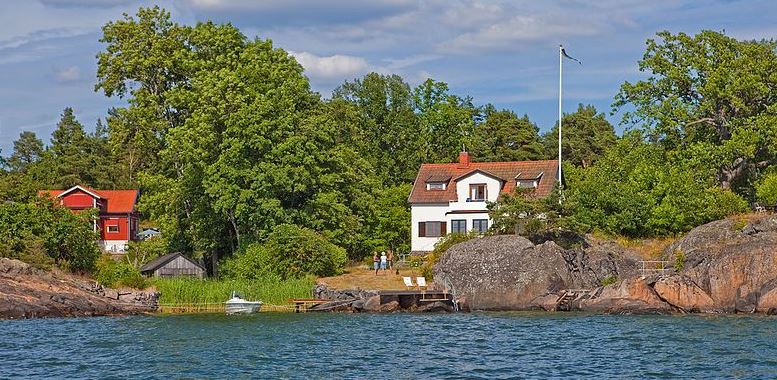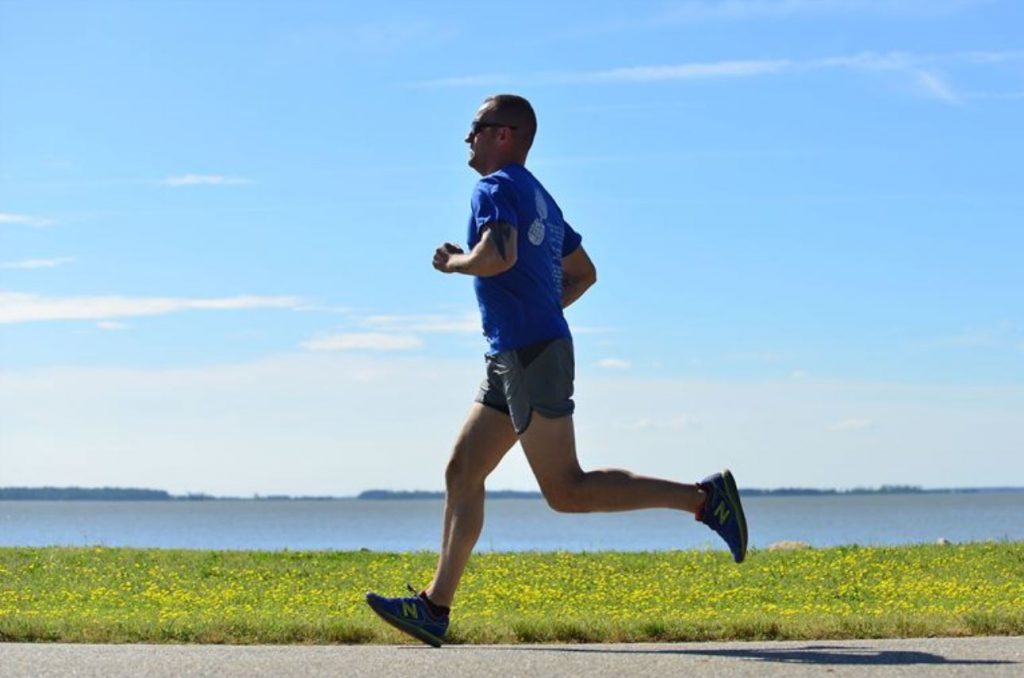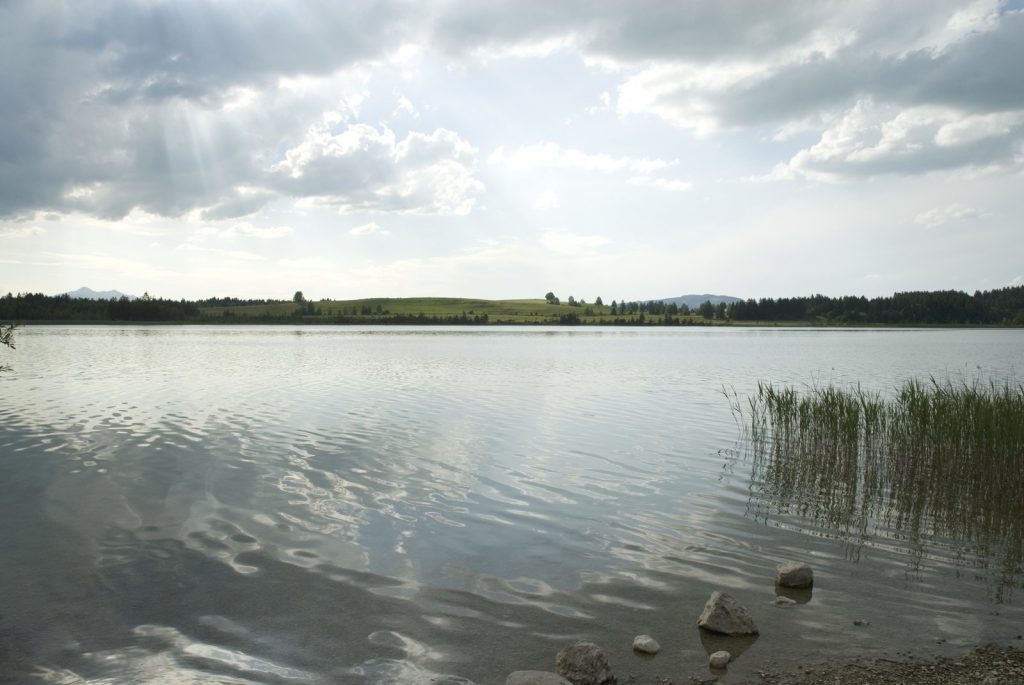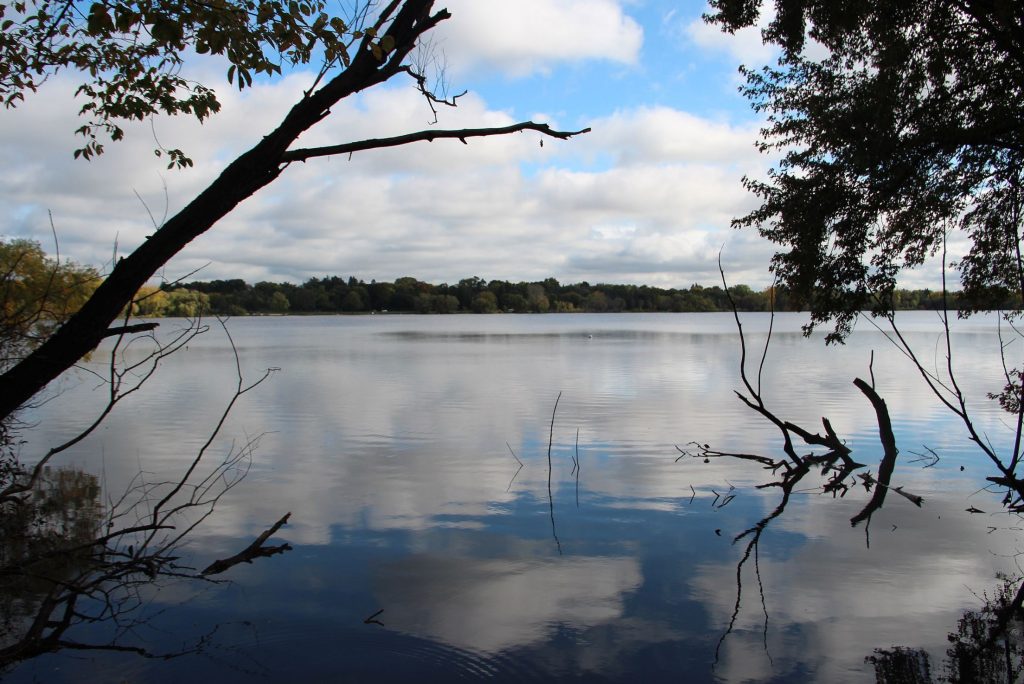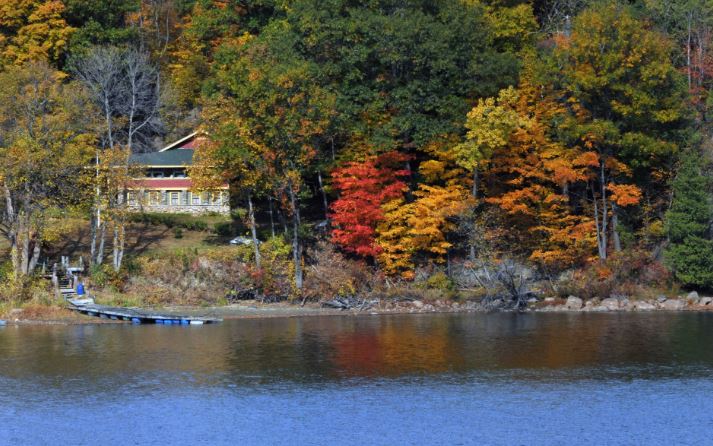
There is great lakefront property throughout the good old United States. The problem is: many people can’t afford the mortgage payments.
Whether it is a secluded lake in the middle of nowhere, or one of the sprawling New York Finger Lakes in the heart of the state, there are so many to choose from. If you are seeking lakefront property and have the cash to pay for it, you should be able to find something that meets your wants and needs. Just be prepared to pay a lot more to live there. As living on the water is a luxury for most folks, they are willing to pay more to do so.
Though living on a lakefront delivers beautiful views and breaths of fresh air, there are a few issues that can often come with it. If your cottage or home is too close to the water, you may deal with flooding. You may also discover that your flood insurance is higher than in most other locals. Most people are willing to shell out their money for higher insurance if they find an ideal lakefront property. Just be certain to factor this into your decision to buy.
A good real estate agent can help you uncover desirable and affordable lakefront property in your area. If you don’t reside near any lakes, you must widen your search. Because lakefront property has much value, agents are eager to help you find what you’re looking for. An agent will handle of most of the heavy lifting and call you when they have discovered a lakefront property that you may be interested in. Agents also take care of most of the paperwork and deal with all the other problems that often surface with buying land and homes.
Regardless of your budget, there are pieces of lakefront property that you can acquire. Some is protected for the health of the animals and the environment. Such protected land may be owned by the government, or might have been purchased by a person or organization to protect it from being disturbed. The ecosystem around a lakefront is unique, and it is important that portions of it remain untouched. A lot of disturbance can result in an imbalance in the environment.
You may also find cheaper homes that are in need of a fix up. The kitchen and bathrooms may need to be upgraded. A fresh coat of exterior paint might make the property more attractive. Or bigger problems may need to be resolved, like adding a new roof, or calling on a foundation repair contractor in New Orleans for structural assistance.
Some of the best lakefront property available in 2020 is located in the heart of Minnesota. While a few areas are experiencing a lull in the housing market, the lakefront property in Minneapolis and St. Paul is still highly desirable. Not only does Minnesota have several beautiful lakes, it also has vineyards and four full seasons of weather.
Though many people enjoy warmer weather year-round, others love the changing of the seasons. Living on the lake as the leaves change for fall is a quite a sight to see.
